|
All photos shot by and copyrighted by me, Rex Cauldwell. Enjoy but do not copy without permission.
| my playground |
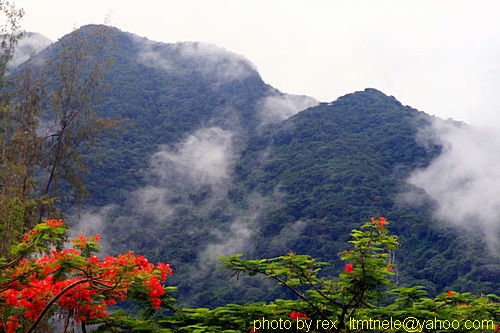
|
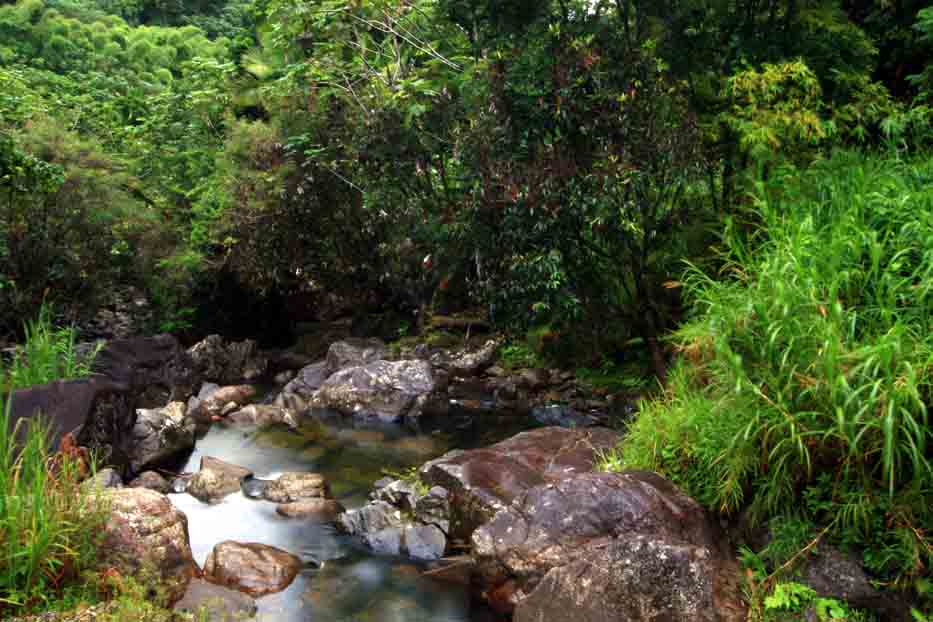
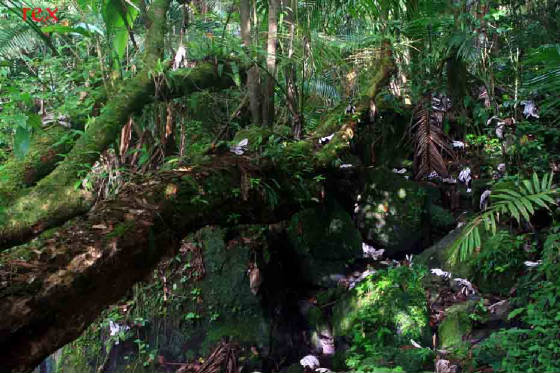
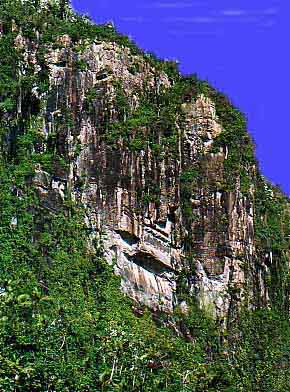
El Yunque has 28,000 acres of rainforest that one can literally get lost in. The best way to go exploring is to stay
close to the rivers. Have somebody drop you off at a river up on the mountain (north side where there are roads well traveled)
and then follow the river down the mountain. In the evening have someone pick you up where the river crosses a road or just
hike back up to where you started. This way if you don't show up someone can report you as missing.
El Yunque was
considered quite important even when the Spanish controlled it. Set aside in 1876, this jungle has one of the oldest reserves
in the Western Hemisphere. It has over 240 species (26 species are found nowhere else) of trees and plants, the rare Puerto
Rican Parrot and approximately 50 other bird species. The Forest is a wildlife refuge; no hunting is allowed. Being a rain
forest, El Yunque gets drenched with up to 240 inches per year. That's the equivlent of more than 100 billion gallons.
If
you go wondering around in the jungle it's also a good idea to have a good topo map of the area (you can buy a good one at
the ranger station) and a GPS unit as to be able to tell where you are at on the map at all times.
Different types
of forest grow at different elevations as you go higher and higher into the rain forest—and many will overlap each other.
The first forest you encounter will be the Tabonuco (named for the tree) Forest. This is located at elevations of up to 2000 ft. Here, trees grow to
a maximum height of about 115 to 125 ft. Tabonuco and Ausubo trees are the trees you will see most but there are also plenty
of Yagrumo , Guaraguao, Laurel Sabino and giant ferns of many types. The Palo Colorado
Forest begins at about 1970 ft and extends up to around 2950 ft. Here you can find lots of Caimitillo, Caimitillo
Verde and Palo Colorado. The Palma Sierra Forest is a forest found at elevations
of over 1958 ft., as its name describes, the Sierra Palm is the dominant specie. The
"Bosque En Las Nubes" (Forest in the clouds) is perhaps the most famous.
It is located 2500 ft. above sea level, and limited to the highest mountain tops. These trees are small and do not grow over
12 ft because the winds will break them off or push them over (the earth is saturated with water). Here, you will see Némoco,
Roble de Sierra, Limoncillo Guayabota and Camasey.
|
|
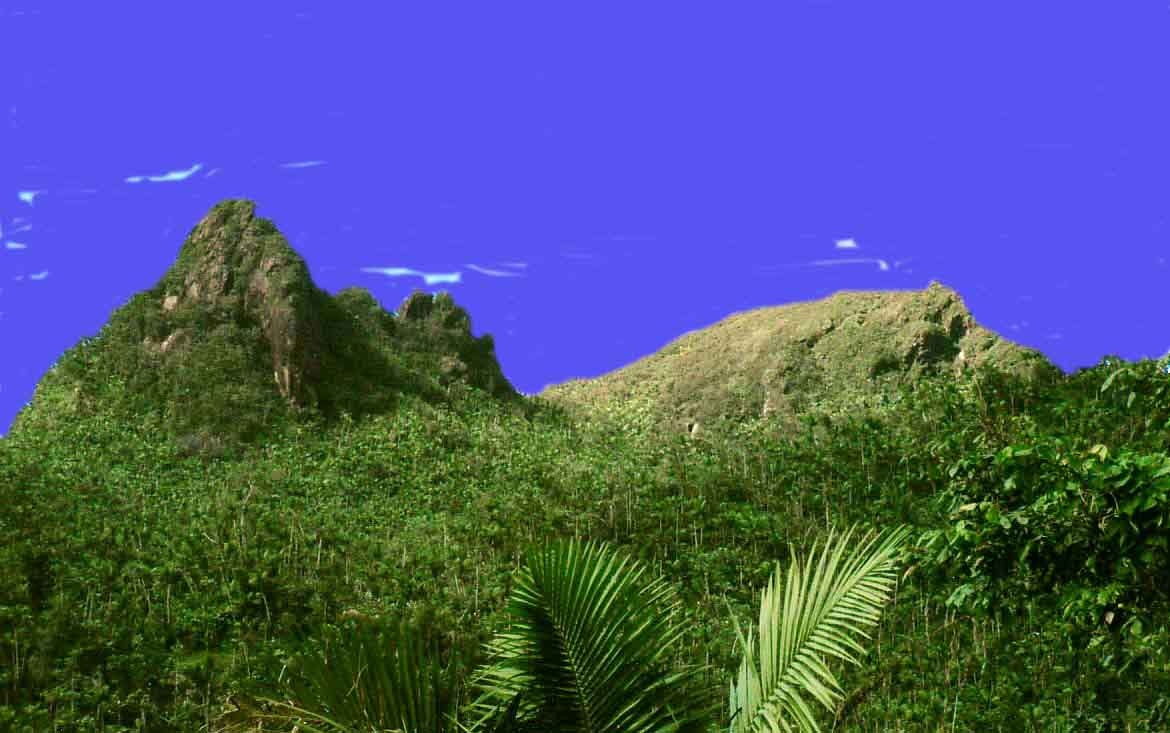
Well, this is it people. This is El Yunque--the one and only true rain forest in the U.S. Forestry system. Plenty of room
to get lost in...and people have. Most of the time it doesn't look like this. Being a rain forest, most of the time there
are rain clouds overhead. Thus getting this picture with a blue sky was not easy.
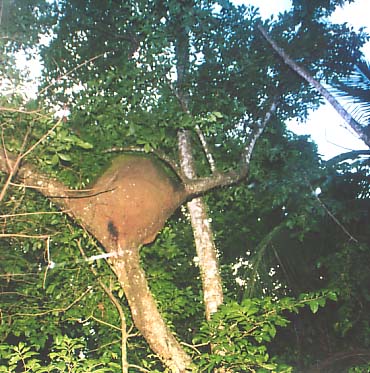
This is a termite mound high in the tree. Robin Phillips and I came across it one day as we roamed through the forest.
Looking like a castle in the jungle, this is the lookout tower on 191--entering from the north side. Built
just for the tourists to see the surronding jungle.
|




